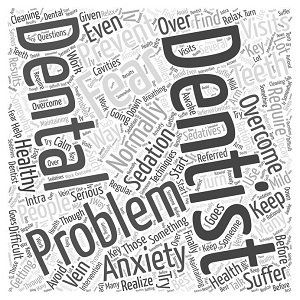How Dangerous Is Sedation Dentistry
- By Mary Marks
- •
- 18 Nov, 2021
- •

In order for the dental surgeries to be performed without complications and for the patients not to be scared, conscious sedation is one of the most common oral sedation dentistry Highlands Ranch dental practices.
Currently, dentistry is the medical branch that most frequently uses nitrous oxide (N2O).
No risks at all!
N2O is a sweet, non-irritating, non-flammable (but maintenance-burning) gas. The blood solubility is 0.47 and the gas-tissue, gas-muscle and gas-lipid solubility is very low. It therefore has fast effects, but it is not stored (which means that it provides high purification rate).
N2O is easy to administer, has predictable effects and is ideal for conscious sedation.
Sedation with N2O can also be administered safely to patients with certain medical conditions: high blood pressure, angina or to those who have suffered a heart attack.
Inhalo-sedation does not affect the ability to drive, nor the cognitive functions, after cessation of administration.
In the other types of conscious sedation (IV sedation and oral sedation), severe side effects are also very low, because the patient is closely monitored, and the substances are administered only to patients with no specific contraindications.
Advantages of conscious sedation
• Being relaxed, the patient actively collaborates with the dentist, thus the time required to perform the dental treatment is reduced.
• The amount of analgesics and antibiotics taken by the patient will also be lower, as they are prescribed according to the minimum number of treatment sessions.
• Recovery in the days following dental treatment is much faster and painless compared to treatments performed in several sessions.





Although oral sedation dentistry Highlands Ranch is one of the optionsavailable for managing anxiety and discomfort during oral surgery, you certainly do not need to use it all the time. As a matter of fact, the exact type of sedation or anesthesia that you receive during oral procedures may depend on various factors, such as the complexity of the procedure, your medical problems, as well as your doctor’s preferences.
There can be several different levels of sedation that can be used in oral surgery. Local anesthesia is one of them. This involves injecting anesthetic medication into the specific area where the surgery will take place. It numbs the area and is often used for less invasive procedures.
Oral sedation involves taking medication in the form of a pill to induce a state of relaxation and drowsiness. The patient is still conscious, but he/she may not be fully aware of the procedure. At any rate, sedation helps him/her get rid of anxiety.
In the case of intravenous sedation, medication is administered through a vein, which induces a deeper state of sedation than oral sedation. Patients may still be conscious, but they are less aware of their surroundings and may not remember the procedure.





